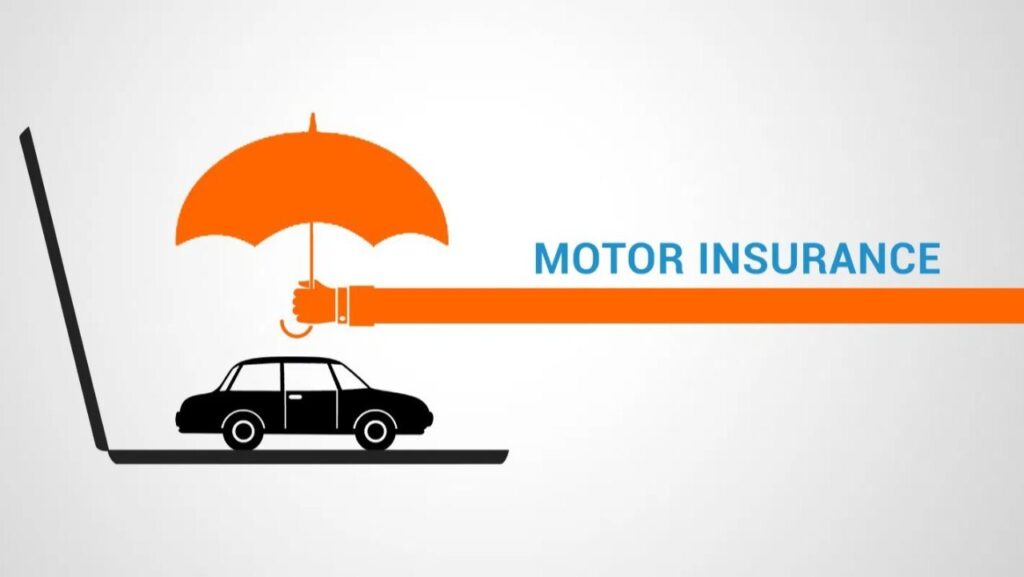
Motor insurance is a type of insurance policy designed to protect vehicle owners from financial losses arising from accidents, theft, or damage to their vehicles. It offers coverage for both personal and commercial vehicles, ensuring peace of mind and financial security for drivers, passengers, and third parties involved.
HISTORY OF MOTOR INSURANCE
Gilbert J. Loomis bought the first automotive liability insurance policy in 1897.
1897 – First car insurance policy issued in the UK.
Motor insurance was introduced in India in 1939 with the passing of the Motor Vehicles Act. The act was amended in 1988 to make third-party insurance mandatory for all vehicles on public roads.
Section 146 of Motor vehicle Act :
This section specifically states that no person can drive a vehicle without a valid insurance policy against third-party risk.

1914 – The first known motor insurance policy was issued in India, but it was not widespread.
1950s–1970s – Expansion of comprehensive coverage.
1978 – Third-party insurance was made mandatory for all motor vehicles in India.
1990s – Introduction of fraud detection and risk-based pricing.
1991 – India’s economic liberalization led to increased vehicle sales, boosting motor insurance demand.
2002 – De-tariffing of motor insurance was introduced, allowing insurers to set their own premiums instead of fixed rates.
2010 – Online motor insurance policies were introduced, allowing instant policy issuance and renewal.
2017 – Supreme Court made long-term third-party insurance mandatory for new vehicles (3 years for cars, 5 years for two-wheelers).
2000s–2020s – Digitalization, telematics, and AI-driven insurance.
2021 – The government introduced EV insurance policies specifically for electric vehicles.

Pre-2000 – Basic Insurance Coverage
Before 2000, motor insurance was mainly limited to:
Third-Party Liability – Mandatory since 1978.
Comprehensive Insurance – Covered own damage (OD) due to accidents, fire, theft, and natural calamities.
Personal Accident Cover – For the owner-driver, introduced as a standard feature.
2000–2010 – Introduction of Basic Add-ons
After the liberalization of the insurance sector in 2000, private insurers entered the market and began introducing additional coverage options:
2002 – Zero Depreciation Cover (Nil Depreciation)
2005 – Roadside Assistance (RSA) Cover
2008 – Engine Protection Cover
2009 – Consumables Cover
2011–2019 – Expansion of Add-on Covers
With the rise of digital insurance and growing customer awareness, insurers introduced more specific add-ons:
2012 – No Claim Bonus (NCB) Protection
2013 – Return to Invoice (RTI) Cover
2015 – Key Replacement Cover
2017 – Personal Belongings Cover
2018 – Daily Allowance Benefit
2019 – Tyre Protection Cover
2020–Present – Digital Transformation & Usage-Based Add-ons
With the rise of telematics, AI, and electric vehicles (EVs), insurers launched new-age add-ons:
2020 – Pay As You Drive (PAYD) & Pay How You Drive (PHYD)
2021 – Electric Vehicle (EV) Battery Protection
2022 – Telemetry-Based Driving Score Discounts
2023 – Subscription-Based Insurance Add-ons
2024 – AI-Based Fraud Protection Add-ons
WHY MOTOR INSURANCE IS MANDATORY AND ITS PERQUISITES

In India, motor insurance is mandatory for several reasons, all aimed at ensuring safety, financial protection, and accountability on the roads.
Legal Requirement: The Motor Vehicles Act, 1988, makes it mandatory for all motor vehicles plying on Indian roads to have at least a third-party liability insurance policy.
Protection for Victims: Third-party insurance ensures that if a driver causes an accident resulting in injury or death to another person, or damages another person’s property, the victim is compensated.
Financial Responsibility: Motor insurance ensures that drivers are financially responsible for any damage they cause.
Encourages Road Safety: The requirement for insurance serves as a reminder to all vehicle owners of the importance of responsible driving.
Minimizing Uninsured Vehicles: With India's growing vehicle population, mandating motor insurance helps ensure that a significant number of vehicles on the road are covered.
Government Control and Oversight: The government can more effectively regulate and oversee the safety and liability standards for vehicles on Indian roads.
Compliance with International Standards: To ensure that road users are financially protected and that the law remains consistent with global best practices.
As of February 2025, the penalties for driving without a valid driving license or motor insurance in India.
1. Driving Without a Valid Driving License:
Penalty: ₹5,000 fine.
2. Driving Without Valid Motor Insurance:
First Offense:
Penalty: ₹2,000 fine and/or imprisonment up to 3 months
Subsequent Offenses:
Penalty: ₹4,000 fine and/or imprisonment up to 3 months.